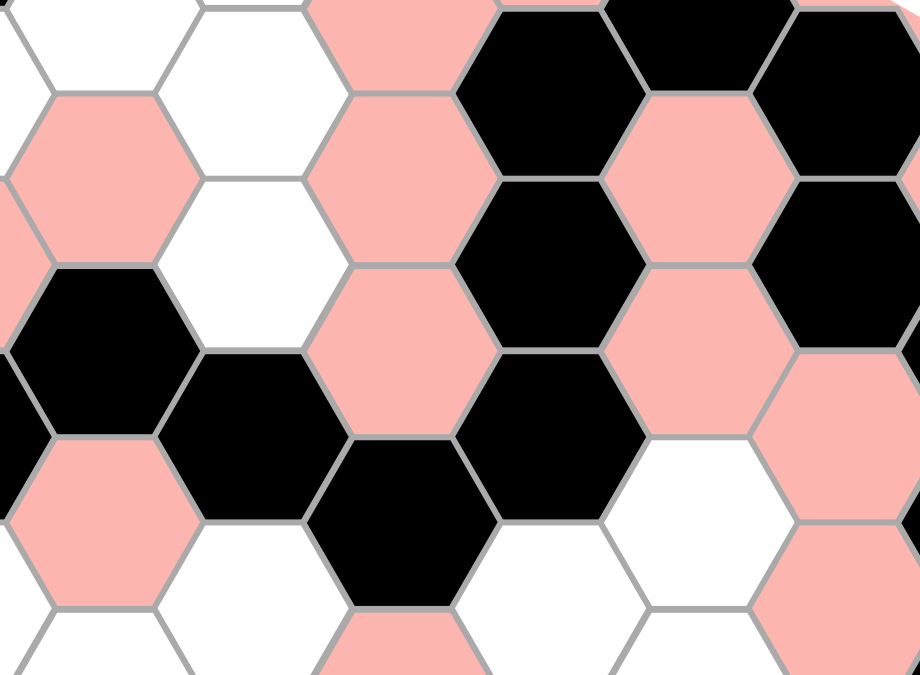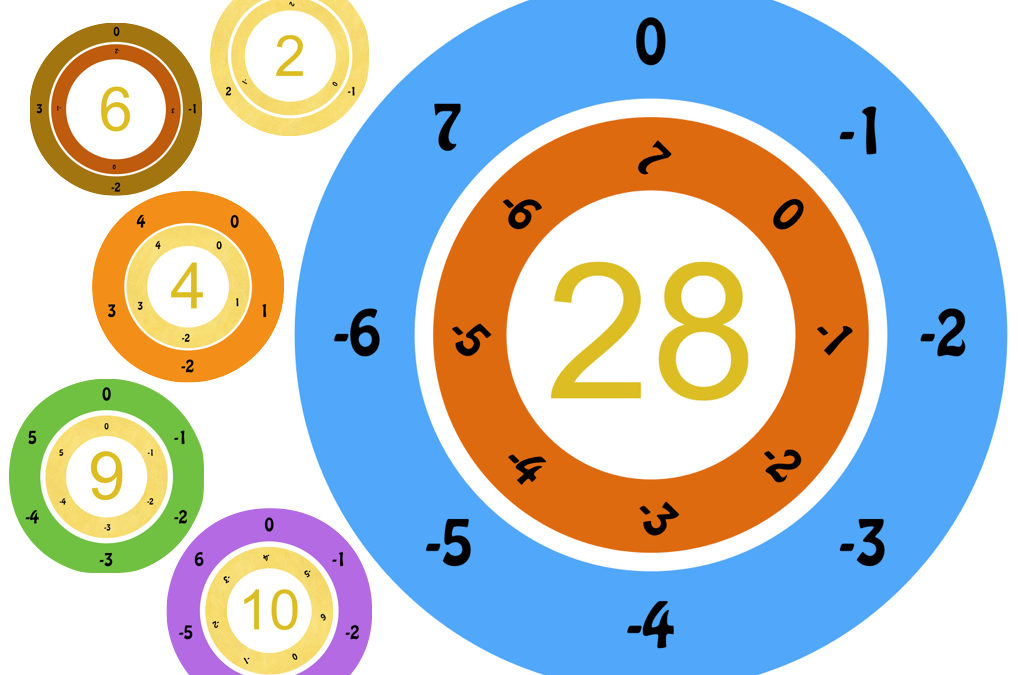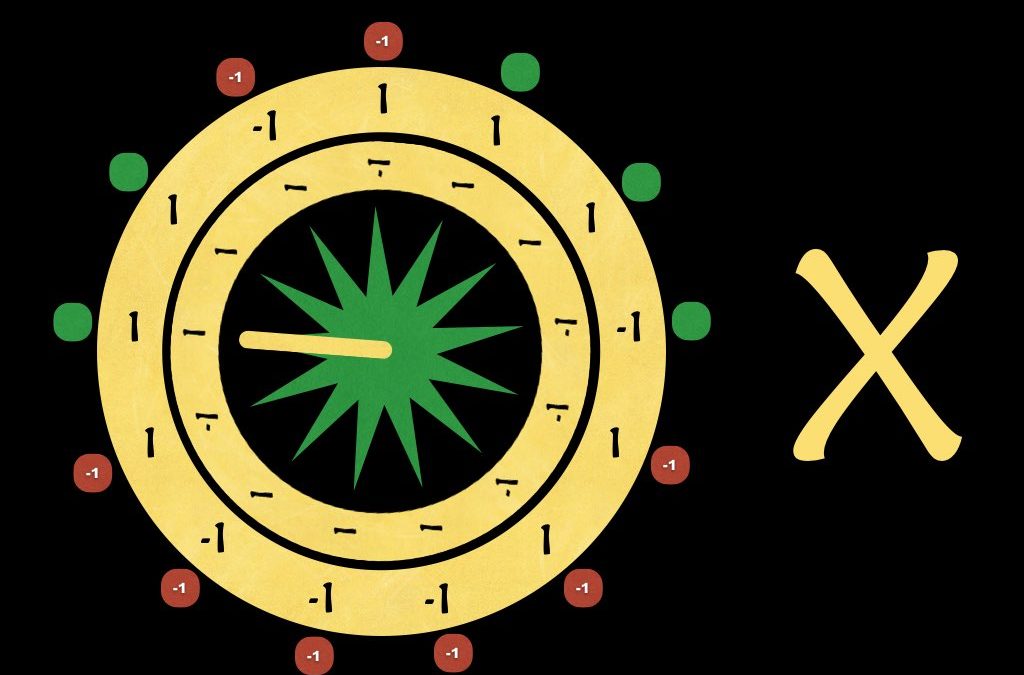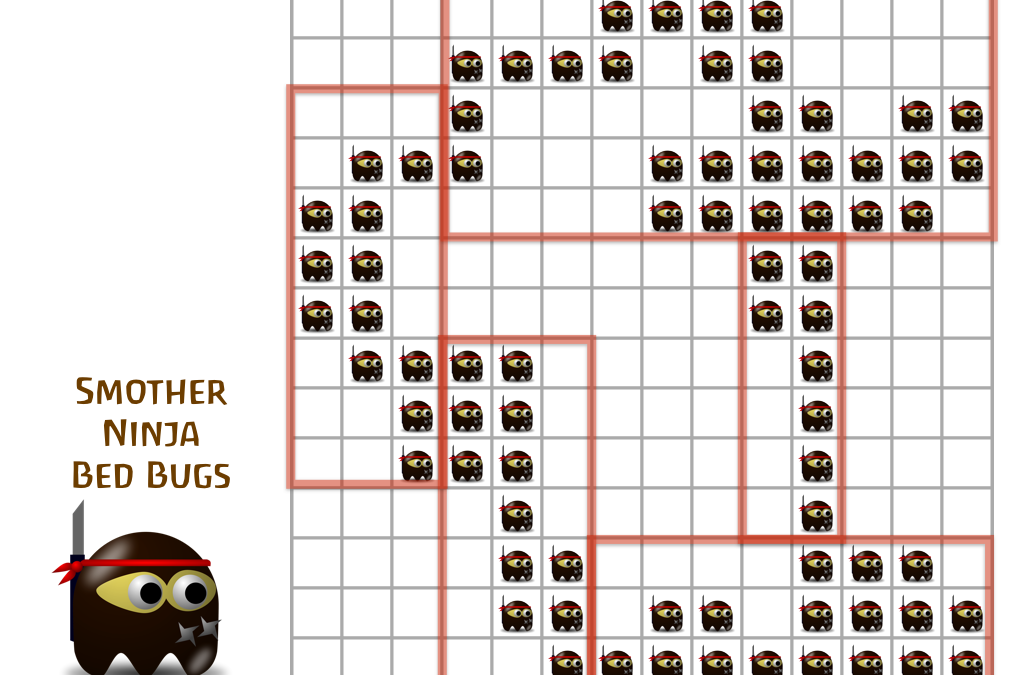
by MathPickle | Nov 14, 2016 |
Hex (Piet Hein, 1942) I’ve been using a small variant of hex in the age 5 to 7 classroom for several years. Apart from the smaller size, the only other innovation is to insist that the first player plays on the perimeter on their first move. Without a rule like...

by MathPickle | Oct 8, 2016 |
Celtic Counting requires students to trace an under and over pattern – counting the Celtic loops. How many loops exist in this knot? There are two. How many loops does this knot have? There are three. The following slides have larger knots, but students age 6+...

by MathPickle | Sep 15, 2016 |
Pair up students. Each student writes 0 to 4 in a ring and then secretly assigns + and – to each. Later on they can challenge each other with 0 to 5 rings or even larger. Each partner duplicates their ring – possibly rotating it so the zeros are not...

by MathPickle | Sep 14, 2016 |
This spinning centrifuge has a matching set of -1 (South) and +1 (North) magnets on the inner and outer ring. The inner ring is the one that spins. You must try to find a combination of +1s and -1s so that when it is rotated away from this all-repulsive position there...

by MathPickle | Jul 5, 2016 |
Smothering Ninja Bed Bugs is important to stop itchy nocturnal sleeps on you King Size bed. Here is an infestation of your king size bed. It looks nasty. Your job is to smother all those Ninja Bed Bugs by covering them with rectangles. The Ninja Bed Bug Score...





